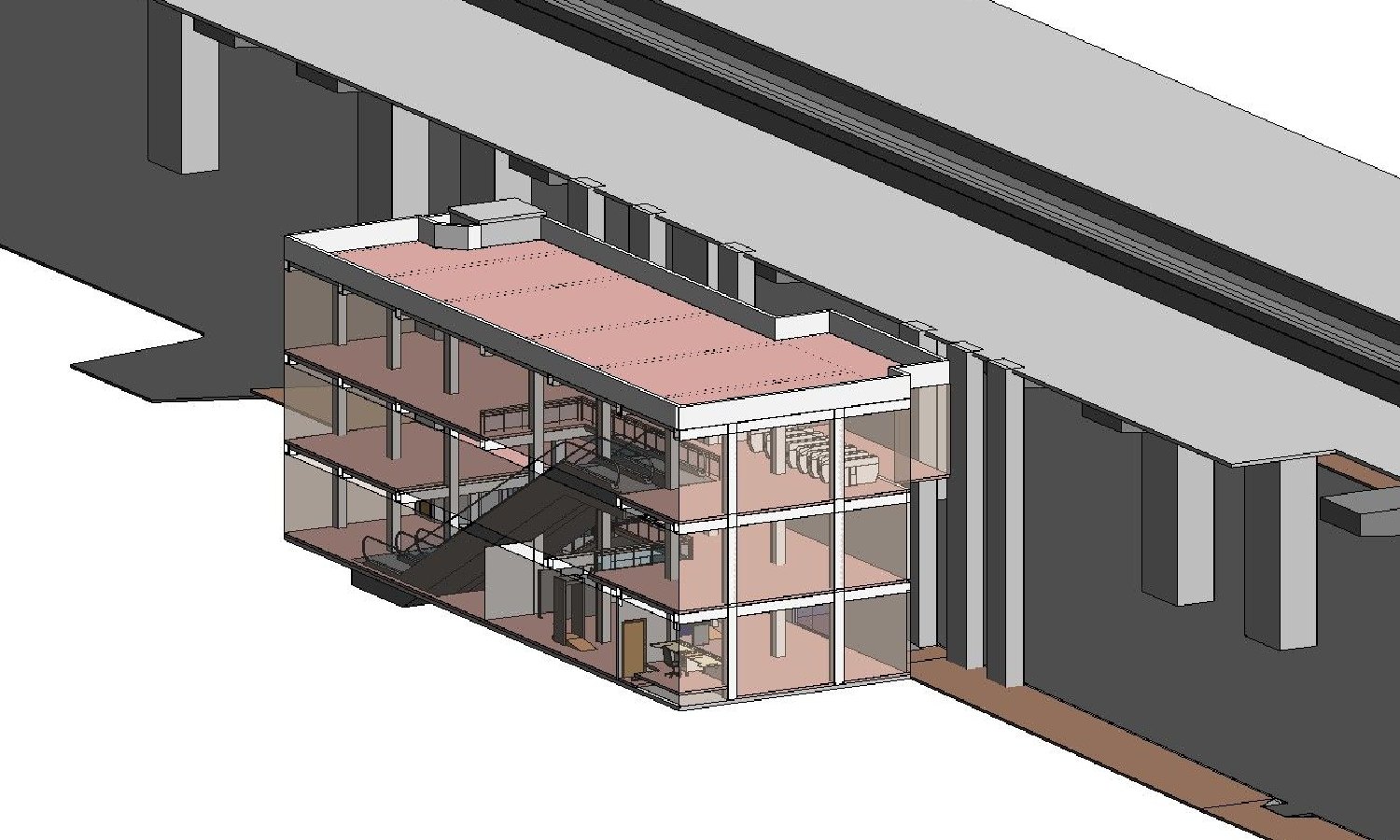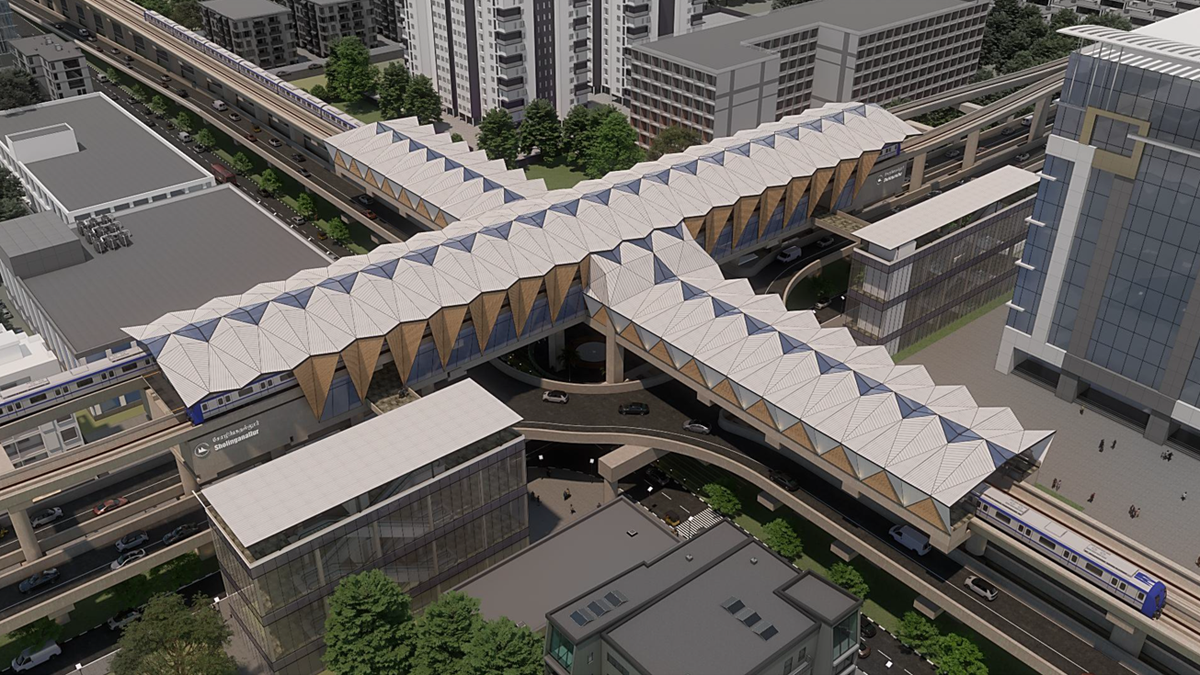17 Entry/Exit Structures to Come Up in Elevated Stations in Chennai Metro Phase II
Chennai Metro’s Phase II will feature 17 modern entry/exit structures at elevated stations, enhancing passenger convenience and enabling future development.The new expansion of the Chennai Metro has taken a major leap forward with the announcement that 17 entry/exit structures are set to come up in elevated stations along Corridor 3 of Phase II. This corridor, running from Madhavaram to Sholinganallur, will see several key improvements aimed at enhancing commuter convenience and enabling future commercial growth.
Unlike the simpler structures built during Phase I, the new design reflects a more modern, integrated approach. Each entry and exit point will be part of a larger development plan, including transit-oriented commercial zones that are expected to generate long-term revenue and offer practical benefits for daily passengers.

Modern Design and Commercial Integration in Phase II
In Phase I of the Chennai Metro, entry and exit points were constructed with basic pedestrian-friendly layouts, mostly limited to the concourse level. However, in Phase II, each new entry/exit structure is planned as a G+2 level complex, offering much more than just station access.
The Chennai Metro Rail Limited (CMRL) has confirmed that around 8,500 square feet of commercial space will be included in every structure, spread across two levels – one dedicated to the metro concourse and the other earmarked for commercial development. These new facilities are designed not only to ease passenger movement but also to serve as revenue-generating properties in the long run.
The stations included in this development are Nehru Nagar, Kandanchavadi, Perungudi, Thoraipakkam, Mettukuppam, PTC Colony, Okkiyampet, Karapakkam and Okkiyam Thoraipakkam.
Cost, Contractor, and Scope of Work
The total cost of developing these 17 structures has been estimated at ₹250.47 crore, with each unit costing between ₹25 crore and ₹30 crore. This marks a significant increase compared to the approximately ₹8 crore cost of entry points in Phase I, reflecting the scale and sophistication of the new plans.


The construction contract has been awarded to Bridge and Roof Company (India) Limited, a well-established public sector enterprise. The agreement was signed by senior officials including T Archunan, Director (Projects) of CMRL, and T Ravi, GM (South) of the executing company. The signing took place in the presence of MA Siddique, Managing Director of CMRL, and other key stakeholders.
According to CMRL, the scope of work includes civil and architectural construction, along with provisions for commercial development and essential commuter amenities. In some locations, additional land has been secured to accommodate future expansion, ensuring that these stations remain scalable and flexible for years to come.


Transit-Oriented Development with a Focus on Passenger Needs
These new entry/exit structures are not only about infrastructure but also about creating more meaningful spaces around metro stations. With transit-oriented development in mind, the plan includes provisions for retail stores, food outlets, seating areas, and facilities that make daily commuting more efficient and comfortable.
The move also supports CMRL’s goal of increasing non-fare revenue, helping make the metro network more financially sustainable. Instead of relying solely on ticket sales, Chennai Metro is focusing on using station infrastructure for commercial use, attracting businesses, and offering passengers more convenience in one place.
Such a model has already proven successful in several international metro systems, and Chennai’s Phase II seems to be adopting best practices in urban transport design. Also Read: CMRL Launches Dual Contracts for Urban Development and Metro Expansion
Conclusion
The upcoming 17 entry/exit structures to come up in elevated stations mark a significant advancement for Chennai Metro’s Phase II. These new additions aim to enhance the passenger experience, accommodate future growth, and strengthen CMRL’s revenue model through integrated commercial development. As work begins on these next-generation facilities, Chennai commuters can expect smarter, more accessible, and better-connected metro stations in the near future.

